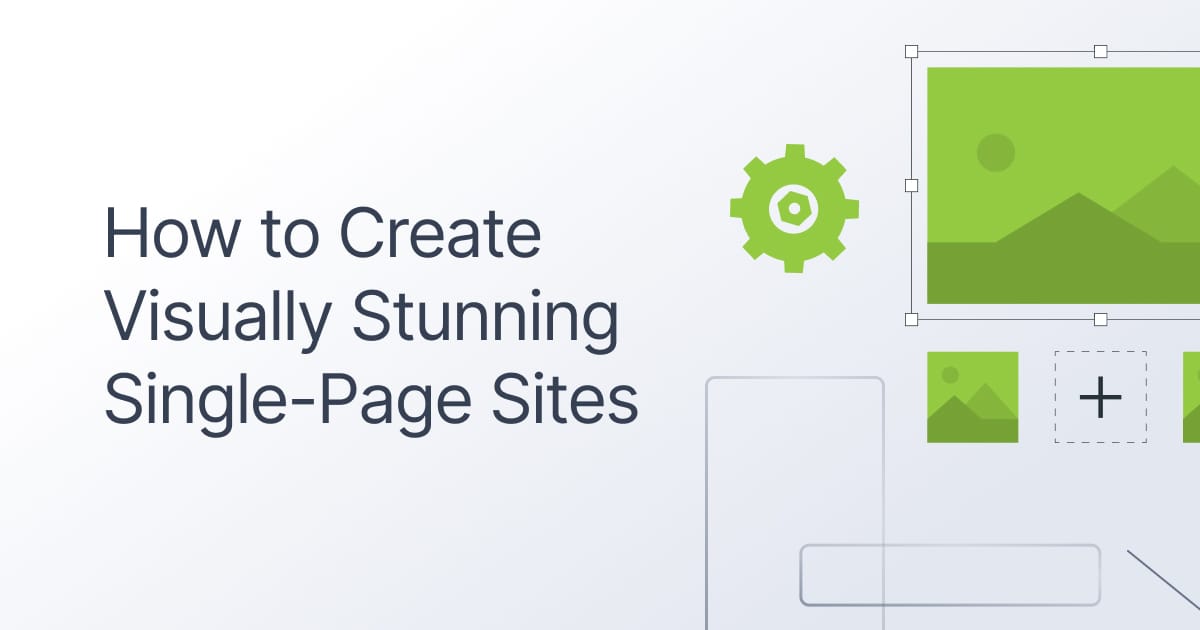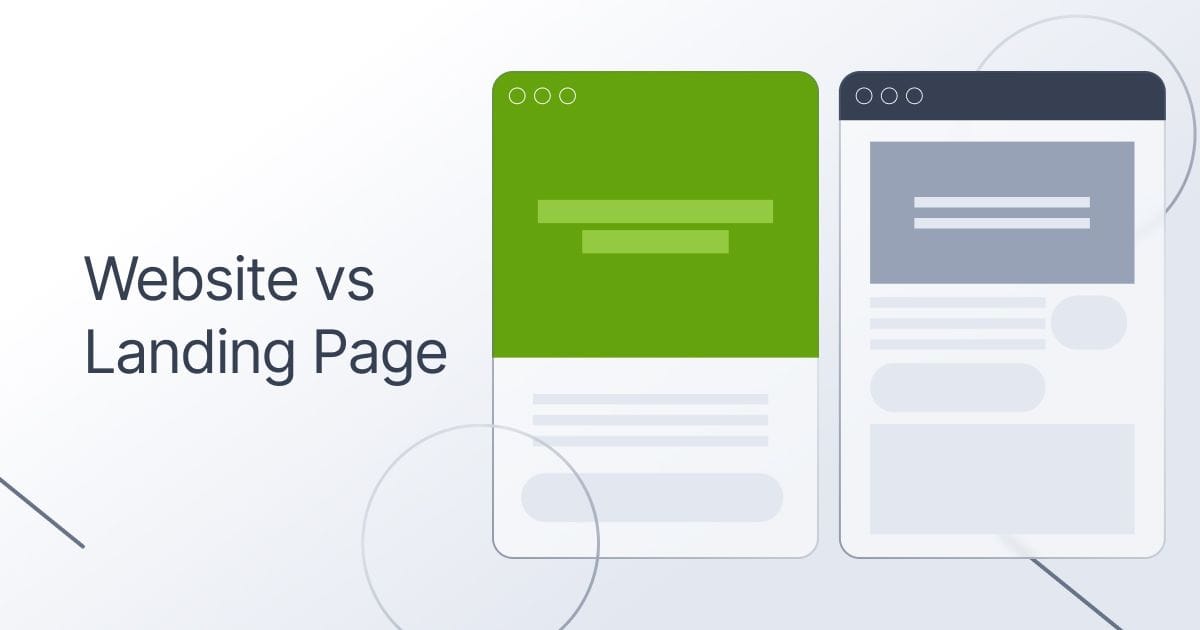25 Landing Page Statistics Every Marketer Should Know
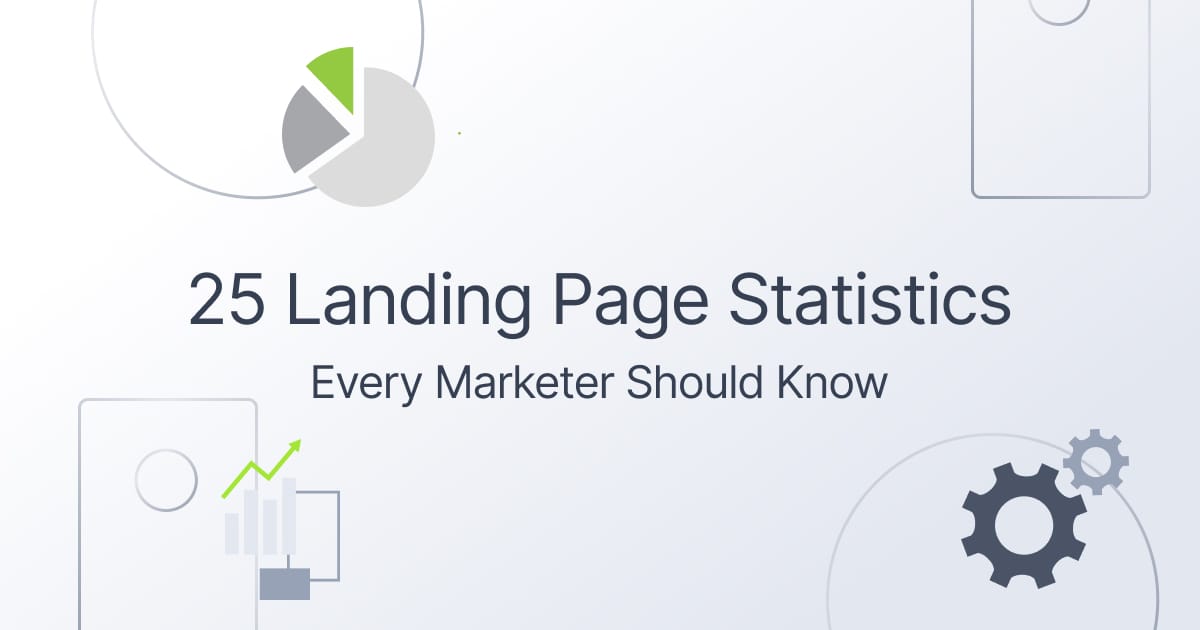
You’ve heard it before: Get more traffic to your website!
But what happens when those visitors arrive? Are they greeted with a confusing array of product options and call-to-actions?
This is where landing pages come in.
Landing pages are standalone web pages designed for a marketing campaign or offer. They provide a clear path for your site visitors. Whether they intend to sign up for a free trial, download an e-book, or buy a product.
But landing pages aren’t just nice-to-haves. They’re good tools for converting your traffic into leads and customers. Unlike your website’s homepage, which tries to do too much, landing pages focus on a single goal.
In this piece, we’ll cover the 25 landing page statistics that make a case for using them as a lead conversion tool.
Whether new to landing pages or updating your strategy, these stats will guide your marketing decision.
Table of Content:
Let’s dive right in…
The Importance of Landing Pages to Your Business

Why are landing pages so important? Here are unique stats that prove their worth:
1– “A whopping 7x more leads are generated by companies with 30 or more landing pages compared to those with less than 10. (Source: HubSpot)”
Think about it: different audiences have different needs and interests. By creating different landing pages for every product or service, you have a higher chance of converting. compared to jamming all your products on one landing page.
2– “52% of marketers view landing pages as the most important tool for improving their lead-generation efforts. (Source: Ascend2)”
A responsive and customized landing page can convert more leads for your business. It’s important to spend time and resources creating effective landing pages that generate leads.
Nocode landing pages like Limey are a done-for-you landing page solution.
The Benefit Of Customer Personalization

Here are top stats that reveal the results from customizing landing pages to suit your target audience:
3–“Landing pages that use first-person language have conversion rates that are 90% higher than those that don’t. (Source: Unbounce)”
Landing pages that use first-person language, such as “I” or “we,” have conversion rates that are 90% higher than those that don’t. Using first-person language strengthens your connection with visitors and engages them more with your message.
This, in turn, can lead to higher conversion rates and better results for your business.
4–“Businesses with 40 or more landing pages get 12 times more leads than those with 1-5 landing pages. (Source: HubSpot)”
When creating landing pages, it’s important to optimize each one for a specific target audience and purpose. This allows for better targeting and higher conversion rates. If you want to generate more leads, create more landing pages to cater to different segments of your audience.
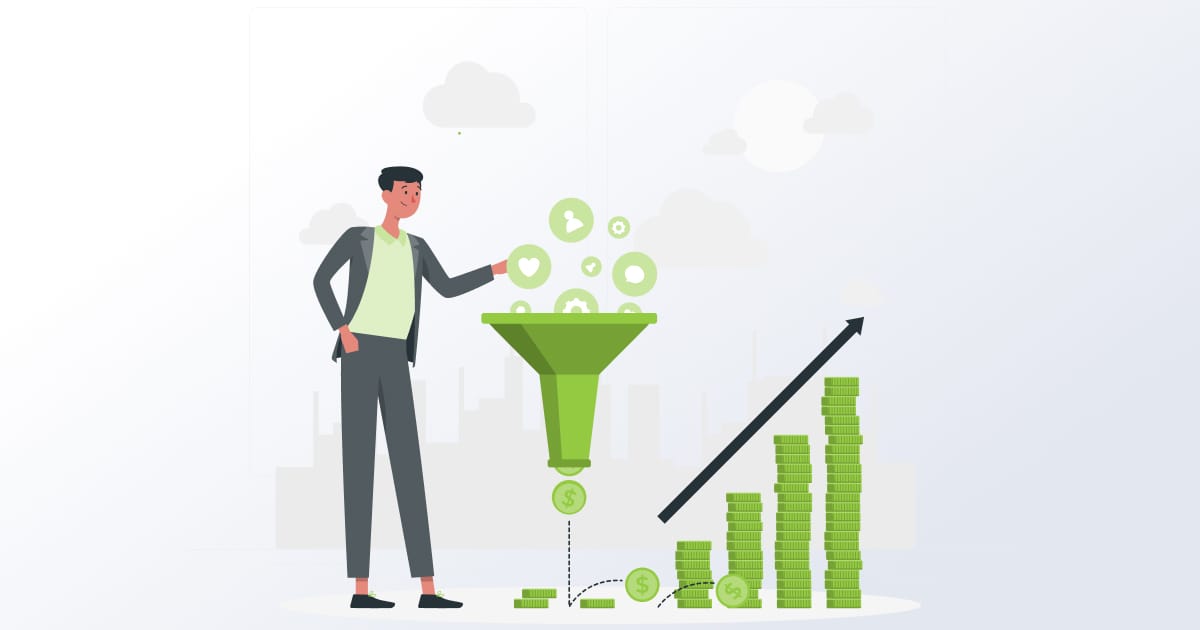
5–”Personalized landing pages can increase conversion rates by up to 202%. (Source: Instapage)”
Again, by tailoring the landing page to the specific user, you’re creating a more relevant and engaging experience that increases the likelihood of conversion.
But personalization goes beyond adding a user’s name or location to the landing page. It’s about using data to create a landing page that speaks to the user’s needs and interests.
For example, if you’re a podcaster, you could create landing pages that showcase speakers that align with users’ preferences.
6– “Pages with personalized content have a 10-20% higher conversion rate than those without. (Source: HubSpot)”
But what exactly does “personalized content” mean?
It refers to content tailored to the specific needs, interests, and preferences of your audience. This could mean suggesting products they’ll love or customizing messages that better suit their needs.
Note: To personalize your landing pages, you’ll need to collect customer data from the research, sales, and customer success team. And use it to create targeted messaging and content.
Why You Should A/BTest Your Landing Pages

By split-testing landing pages, you can identify which version performs better and make better choices.
These stats will show you why it’s good to split-test your landing pages:
7– “Companies that use A/B testing for their landing pages see a 20% increase in conversions on average. (Source: Invesp)”
Companies that employ A/B testing on their landing pages experience an average increase in conversions of 20%. This means that by making small, incremental changes to your landing page design and content, and testing the performance of each version, you can achieve significant gains in customer engagement and sales.
8– “A/B testing your landing pages can help reduce bounce rates by 20-50%. (Source: MarketingSherpa)”
By testing different versions of your landing page and comparing their performance, you can identify which elements are causing visitors to leave your site and make prompt changes. This could mean tweaking your headlines, adjusting your copy, or changing your page layout.

9– “A/B testing landing page headlines alone can lead to a 10% or more increase in conversions. (Source: Crazy Egg)”
A solid headline can lead to a 10% or more increase in conversion. That means for every 100 visitors to your page, 10 more could take the action you want them to. It’s a simple but powerful tactic to consider as part of your optimization strategy. And the best part? You can test more headlines with A/B testing tools to see what resonates with your audience.
10– “By using A/B testing on their landing pages, one company was able to increase their conversion rate by 102.5%. (Source: Optimizely)”
This is a clear example of how making data-driven decisions through A/B testing can improve the results from your landing pages. By experimenting with different variations and measuring their impact on conversion rates, companies can identify and implement the best-performing elements to achieve better results.
How Landing Pages Increase Conversion Rates

Here are eye-opening stats about the effectiveness of landing pages for conversion:
11– “68% of B2B businesses use landing pages to generate leads for future conversion. (Source: Marketo)”
Of course, there’s more to a successful landing page than creating a targeted message. Make sure your page is visually appealing, easy to navigate, and optimized for search engines. By paying attention to these, you can create a landing page that generates leads.
12– “Landing pages have an average conversion rate of 9.7%. (Source: Unbounce)”
For every 100 people who visit a landing page, almost 10 will take the desired action. With numbers like these, it’s no wonder that landing pages are a staple in most creators’ toolkits.

13– “The average conversion rate for landing pages is 2.35%, but the top 10% of landing pages have conversion rates of 11.45% or higher.”
The top 10% of landing pages have a conversion rate of 11.45% or higher. This means that if you’re able to create a high-performing landing page, you could see conversion rates that are five times higher than the average.
Using a built-for-you landing page seize the daunting task of designing your landing page to fit customers’ needs.
14– “Reducing the number of form fields from 11 to 4 can increase conversions by up to 120%.”
The reason for this is simple. The more form fields you have, the more work you’re asking your visitors to do. They have to type in more information, which can be time-consuming and frustrating. By reducing the number of form fields, you’re making it easier for your visitors to take action, which can lead to more conversions.
Of course, it’s important to strike a balance. You don’t want to have too few form fields and miss out on important information. But by streamlining your forms and only asking for the essential information, you can improve your conversion rate.
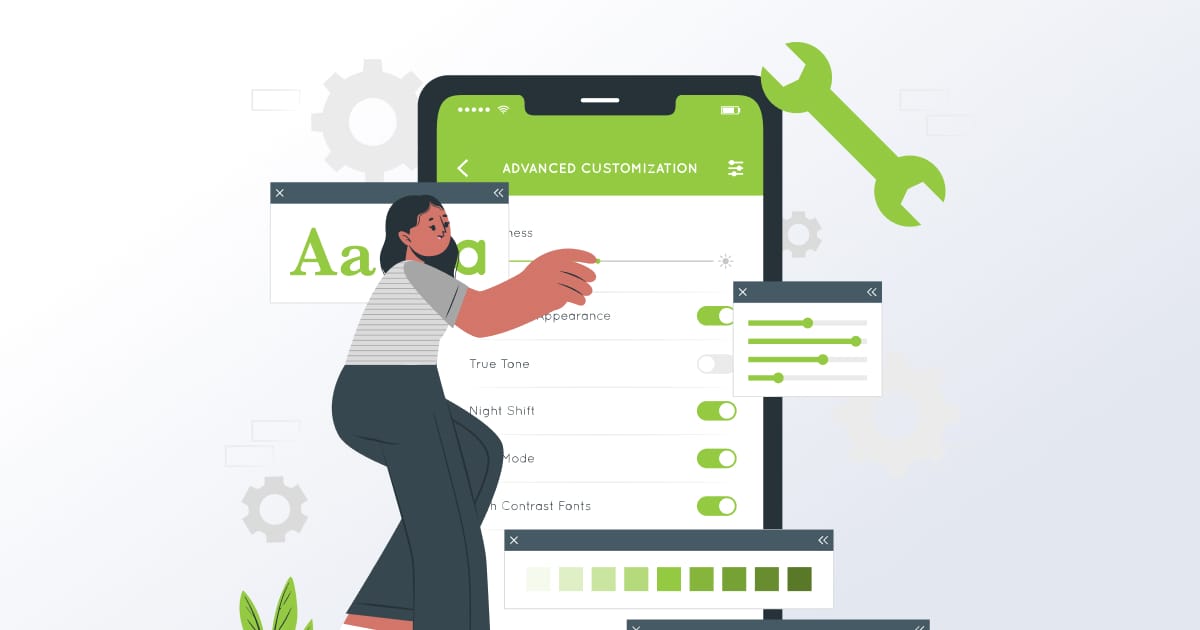
15– “Landing pages that are mobile-optimized have a 27% higher conversion rate than those that are not. (Source: Formstack)”
When your landing pages are mobile-optimized, they’re easier to navigate, read, and interact with on smaller screens. This can lead to higher engagement. By providing a seamless mobile experience, you can capture the attention of potential customers and make it easier for them to take action.
The Effect of Using Social Proof and Rich Media Content on Landing Pages
Here are stats that show the benefits of adding testimonials, batch awards, videos, and images to your landing pages:
16– “The use of videos on landing pages can increase conversions by up to 86%. (Source: Eyeview)”
Adding videos to your landing pages is effective because they show what your product or service looks like, explain its benefits, and answer common questions.
For example, say you’re a software company looking to promote a new product. You could create a video demo that shows off the product’s features and benefits in action. This does two things: first, increase conversion on your landing page. Second, improve the customer experience for your target buyers.
Additionally, videos can help create a more personal connection with your audience. By featuring real people in your videos or using storytelling techniques, you can create a sense of empathy and trust that can be difficult to achieve with other types of content.

17– “Landing pages that feature social proof have an average conversion rate of 12.5%, compared to 11.4% for those without. (Source: Unbounce)”
Social proof can take many forms, including customer testimonials, case studies, and social media endorsements. By featuring these types of content on your landing pages, you can increase trust and credibility with your audience, leading to higher conversion rates. But don’t just take our word for it – the numbers above speak for themselves.
18– “Including a single customer testimonial on a landing page can increase conversions by up to 34%. (Source: WiderFunnel)”
That’s right, a single testimonial from a satisfied customer can impact your landing page’s conversion rate.
Why is this the case? Well, think about it: when a potential customer visits your landing page, they’re likely in the decision-making stage. They’re considering your product or service, but they may still have doubts or questions. This is where customer testimonials come in. They provide social proof that your product or service is valuable and trustworthy.
19– “Landing pages with social proof, such as customer testimonials or trust badges, can increase conversions by up to 34%. (Source: Qualaroo)”
This means that visitors to a landing page may be more likely to convert if they see that other customers have had positive experiences with the product or service. By including social proof, businesses can build trust and credibility with potential customers, making them more likely to take action. Therefore, it is essential to incorporate social proof into landing page design to improve conversion rates.
The ROI for Creating a Responsive Landing Page Design

Here are stats showing the importance of creating a mobile responsive landing page for your customers:
20– mobile-responsive landing pages have a 40% higher conversion rate than non-responsive ones. (Source: Google)
Mobile-responsive landing pages are designed to provide a seamless user experience, regardless of the device used. They adjust to the screen size and ensure that all the content is easily accessible and readable. This makes it easier for visitors to engage with your landing page, increasing the chances of conversion.
In contrast, non-responsive landing pages can be difficult to navigate on a mobile device. The text may be too small, images may not load properly, and users may have to zoom in and out to view the content. This can make visitors leave the page without converting.
21– “Landing pages that are mobile-optimized have a 27% higher conversion rate than those that are not.” (Source: Formstack)
Mobile optimization can have a significant impact on landing page conversions. According to Formstack, mobile-optimized pages have a 27% higher conversion rate than those that are not. This means that if you want to improve the effectiveness of your landing pages, you need to ensure they are optimized for mobile devices. By doing so, you can ensure that your landing pages provide a seamless experience for users on all devices, ultimately leading to higher conversion rates.
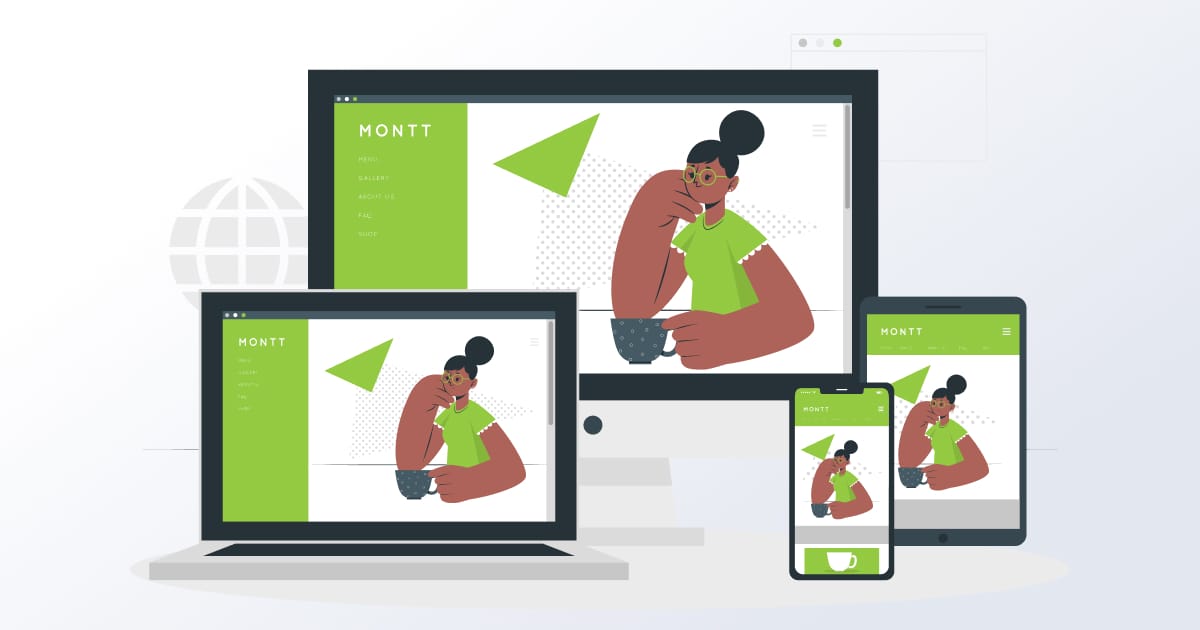
22– “Having a responsive website design can increase conversions on mobile devices by up to 30%.” (Source: Neil Patel)
A responsive website design can increase conversions on mobile devices by up to 30%, according to Neil Patel. With more people using their mobile devices to browse and shop online, having a website that is optimized for mobile is crucial. By ensuring that your website is responsive, meaning it can adapt to different screen sizes and devices, you can provide a better user experience for your mobile visitors, which can ultimately lead to higher conversions. So, if you want to maximize your conversion rate on mobile devices, a responsive website design is a must-have.
How to optimize your landing page C-T-As
Here are landing page statistics that reveal the importance of optimizing your landing page call-to-actions:
23– “Landing pages with a single call-to-action (CTA) can increase conversions by 371%. (Source: WordStream)”
Let’s say you’re a SaaS company offering a project management tool, and you want to increase conversions on your landing page. One way to do this is to ensure that your CTA is clear and specific. For example, instead of using a generic “Sign Up” button, you could use a more specific CTA like “Start Your 14-Day Free Trial” or “Get Access Now”.

24– “Including urgency words like “today” and “now” in call-to-action buttons can increase conversion rates by up to 14%. (Source: HubSpot)”
To further increase the effectiveness of your CTA, add a sense of urgency by including language like “Limited Time Offer” or “Don’t Miss Out”. Additionally, you could highlight the benefits of your product in your CTA, such as “Increase Your Team’s Efficiency Today”.
25– “Including a sense of urgency on landing pages can increase conversion rates by up to 332%. (Source: Expedia)”
By creating a sense of scarcity and prompting visitors to take immediate action, you can close more leads. This strategy is particularly useful for promotions, product launches, or any time-sensitive offerings.
Wrapping Up
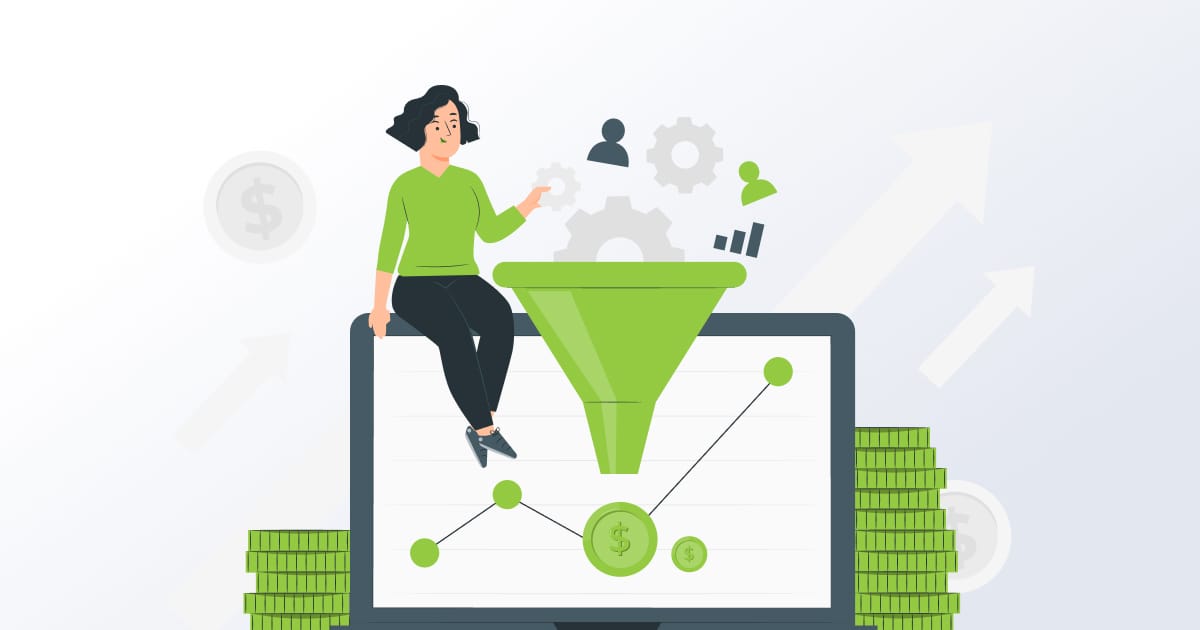
The stats speak for themselves – marketers who create landing pages that build trust, provide valuable information, and use various content types see higher conversion rates. And who doesn’t want higher conversion rates?
Whether you’re a seasoned freelancer, developer, or content creator, using landing pages can be the difference between mediocre results and explosive growth. But you might be thinking, “I’m not a developer, how can I create high-converting landing pages?” Well, that’s where Limey comes in. Our no-code landing page builder makes it easy for anyone to create professional-looking and effective landing pages without any technical skills.
So why not give it a try? Your business deserves the best chance at success, and using landing pages with Limey can give you that extra edge you need to stand out in a crowded market.
Share
Related posts
More PostsStay in the loop.
Get notified when we release a new feature or blog post.
